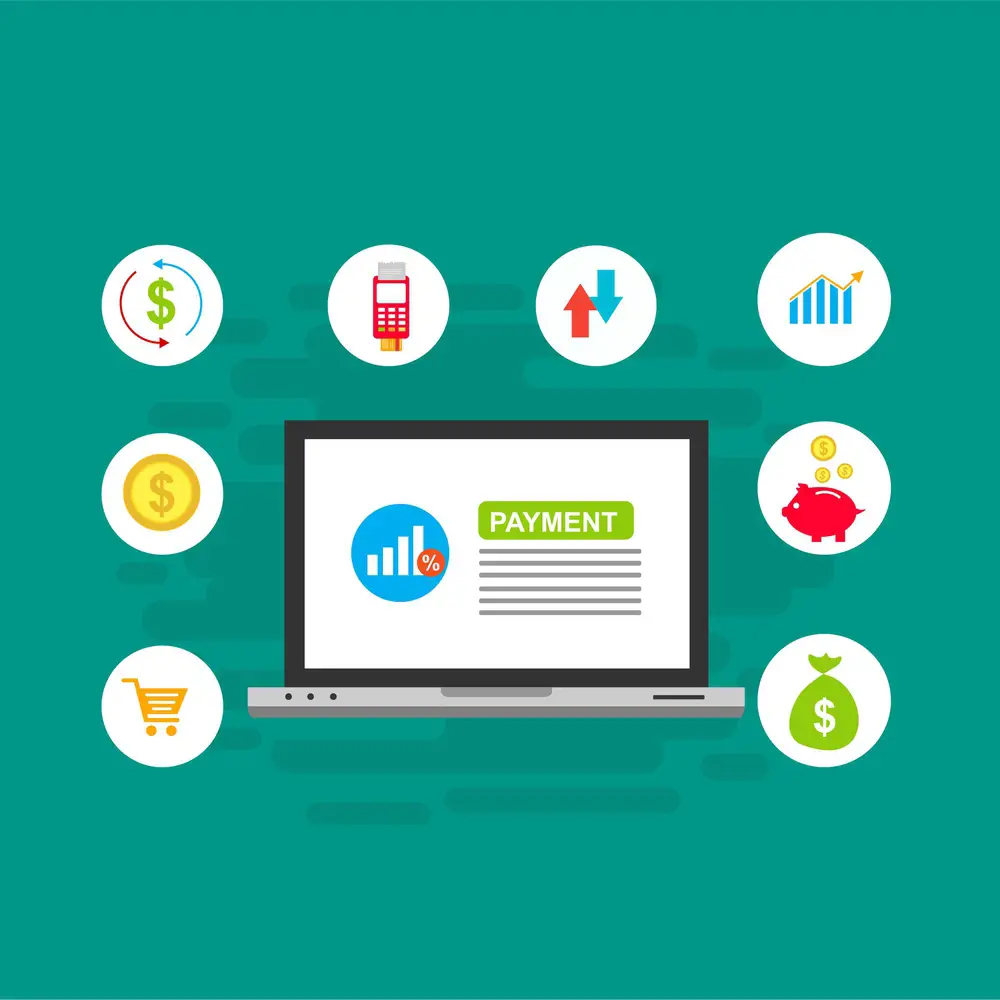Click here to get this post in PDF

Recently, recurring payment processing has become an essential component for businesses across various industries. From streaming services and gym memberships to SaaS platforms and subscription boxes, recurring payments offer convenience to customers and a steady revenue stream for businesses. But how exactly does recurring payment processing work, and what do you need to start offering this service? Let’s dive in.
What is Recurring Payment Processing?
Recurring payment processing is a system that allows businesses to automatically charge customers at regular intervals for products or services. These intervals could be weekly, monthly, annually, or any other predetermined period. Unlike one-time payments, recurring payments are designed to renew automatically until the customer decides to cancel.
For businesses, this model ensures predictable income, improves customer retention, and reduces the overhead associated with manual billing. For customers, it offers convenience, as they don’t need to remember to make payments, and often results in a seamless experience with the service or product they’re subscribing to.
How Does Recurring Payment Processing Work?
The recurring payment process involves several steps, each critical to ensuring the transaction is successful and secure:
1. Customer Agreement. Before a business can start billing a customer regularly, the customer must first agree to the terms. This usually happens when the customer signs up for a subscription or service, providing consent for their payment method to be charged at regular intervals.
2. Payment Authorization. After the customer agrees to the recurring payments, their payment details—such as credit card or bank account information—are securely stored in credit card vaults using tokenization. This process converts sensitive information into a token that can be used by the payment processor for subsequent transactions without exposing the actual payment details.
3. Automatic Billing. On the agreed billing date, the payment processor automatically charges the customer’s account using the stored payment information. If the payment is successful, the customer is notified, and the service continues without interruption. If the payment fails (due to insufficient funds, an expired card, etc.), the system may attempt to retry the payment or notify the customer to update their payment information.
4. Payment Reconciliation. Once the payment is processed, the funds are transferred to the business’s account. The payment processor also updates the business’s records, reconciling the transaction against the customer’s account.
5. Customer Notification. Customers are usually notified of each successful payment, typically via email or SMS. This notification may include details like the amount charged, the billing date, and the next payment date.
What’s Needed to Start Recurring Payment Processing?
To start offering recurring payments, businesses need to have certain tools, integrations, and practices in place. Here’s a breakdown of what’s required:
Payment Software Provider
A payment software provider offers the infrastructure and tools you need to manage recurring payments. This includes the ability to securely capture and store customer payment information, process transactions, and manage subscription billing. When choosing a payment software provider, ensure that they support recurring payments and offer seamless integration with your existing systems.
Merchant Account
A merchant account is necessary to accept and process payments. It acts as a holding account where the funds from customer payments are deposited before being transferred to your business bank account. Some payment processors offer integrated merchant accounts, while others may require you to set one up separately.
PCI Compliance
If you’re handling customers’ payment information, you must comply with the Payment Card Industry Data Security Standard (PCI DSS). This ensures that your business follows best practices for protecting sensitive payment data, reducing the risk of fraud or data breaches.
Customer Support
Finally, offering excellent customer support is crucial when dealing with recurring payments. Customers may need assistance with updating their payment information, changing their subscription plans, or resolving payment issues.
Conclusions
Recurring payment processing is a powerful tool that can help businesses stabilize their cash flow and improve customer retention. By understanding how it works and ensuring you have the necessary tools and practices in place, you can effectively implement this payment model and provide a seamless experience for your customers. Whether you’re launching a new subscription service or looking to improve your existing billing process, recurring payments are a must-have in today’s digital economy.
You may also like:
How Does Online Payment Processing Work?
Image source: Depositphotos.com
